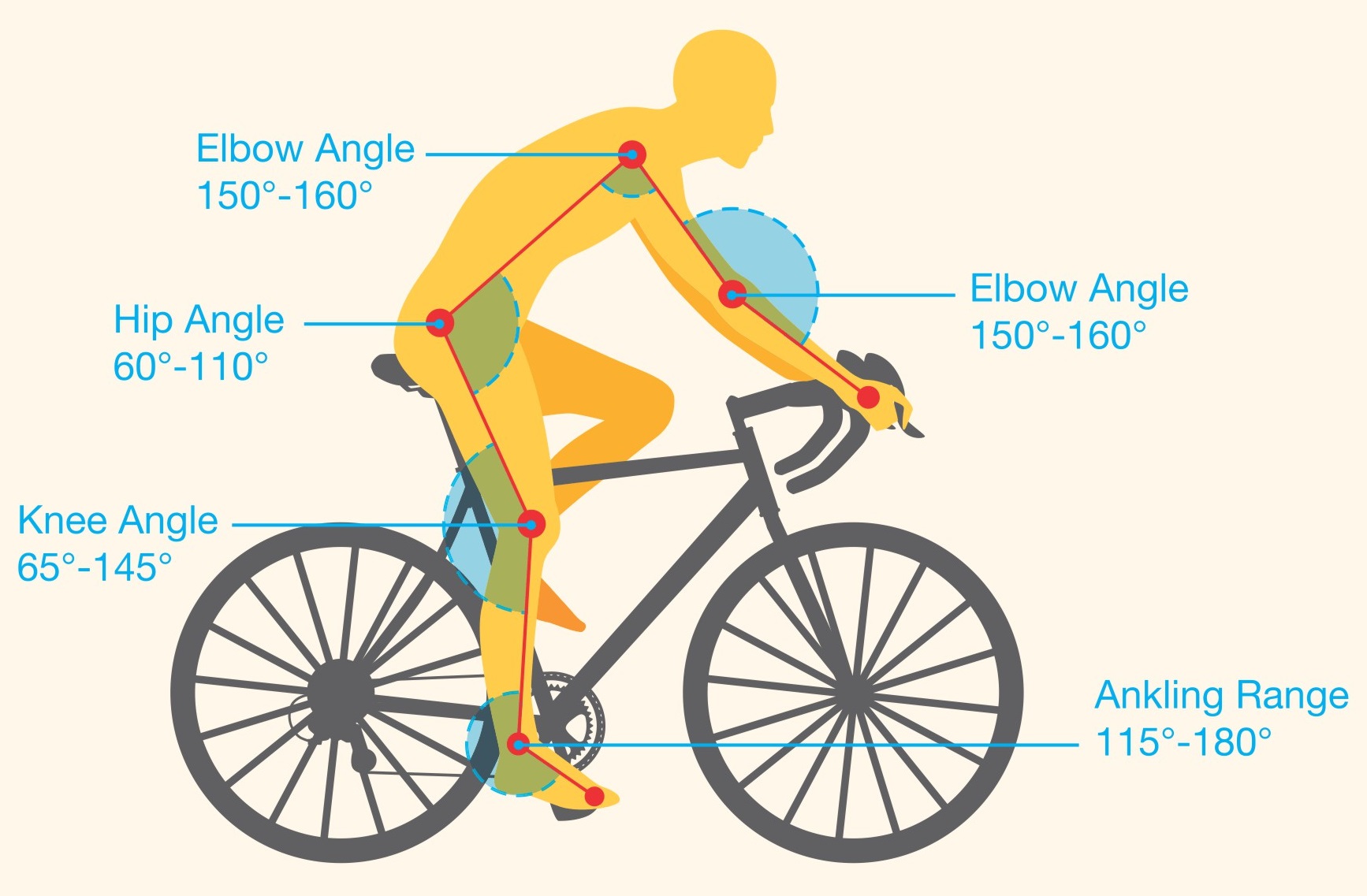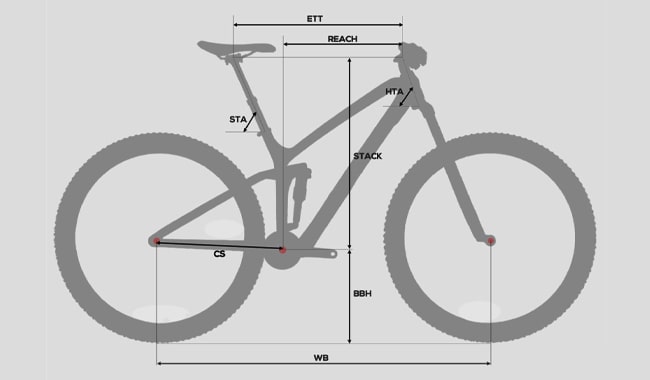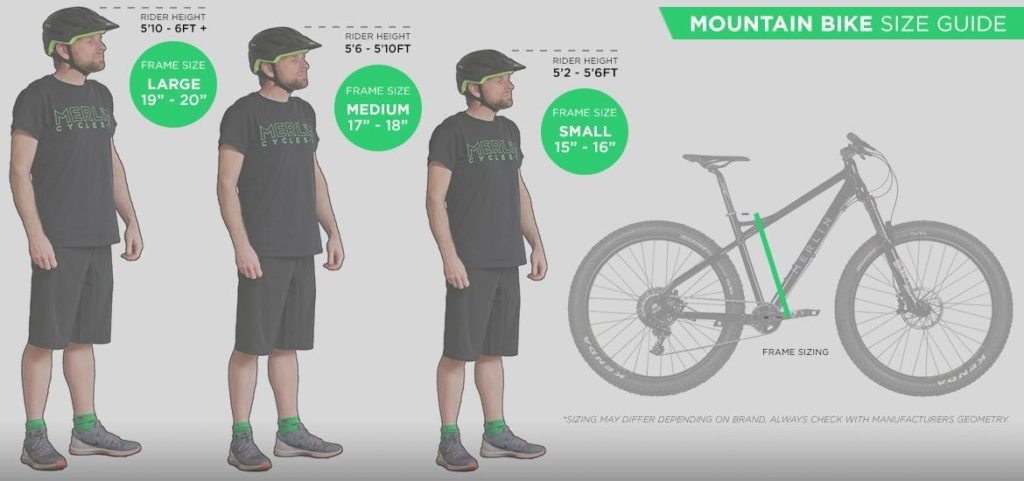Understanding the Importance of Proper Bike Fit
Finding the right mountain bike size is crucial for a comfortable and enjoyable riding experience. When riders understand how are mountain bikes sized, they can ensure a proper bike fit, which is essential for improved comfort, efficiency, and safety. A well-fitting bike allows riders to maintain a safe and efficient riding position, reducing the risk of injuries and discomfort. Moreover, a properly sized bike can improve pedaling efficiency, reduce fatigue, and enhance overall performance. On the other hand, an ill-fitting bike can lead to a range of issues, including back and neck pain, numbness in the hands and feet, and decreased control. By understanding the importance of proper bike fit, riders can take the first step towards finding their ideal mountain bike size and enjoying a more comfortable and enjoyable riding experience.
How to Measure Yourself for a Mountain Bike
To determine the ideal mountain bike size, it’s essential to take accurate body measurements. This involves measuring three key areas: inseam, arm length, and torso length. To measure inseam, stand against a wall with your feet shoulder-width apart and measure the distance from the floor to the top of the inner thigh. For arm length, measure from the center back of the neck, over the shoulder, and down to the wrist. Torso length is measured from the center back of the neck, down the spine, and to the hips. These measurements will provide a baseline for determining the correct bike size. When understanding how are mountain bikes sized, it’s crucial to consider these measurements to ensure a comfortable and efficient riding position. By taking the time to measure yourself accurately, riders can narrow down their search and find a bike that fits their unique body shape and riding style.
Mountain Bike Size Charts: A Breakdown
Mountain bike size charts are an essential tool for finding the right bike size. These charts provide a reference point for riders to determine their ideal bike size based on their body measurements. There are different types of size charts, including those based on height, inseam, and arm length. Understanding how to read and interpret these charts is crucial for finding a bike that fits comfortably and efficiently. When using a size chart, riders should consider their measurements in relation to the chart’s recommendations. For example, if a rider’s inseam falls between two sizes, they may need to consider other factors, such as arm length and torso length, to determine the best fit. By understanding how are mountain bikes sized and using a size chart, riders can narrow down their search and find a bike that meets their unique needs. Additionally, many manufacturers provide their own size charts, which can be specific to their brand and models. It’s essential to consult these charts when purchasing a bike to ensure the best possible fit.
Factors Affecting Mountain Bike Sizing
When determining the ideal mountain bike size, several factors come into play. Understanding how are mountain bikes sized requires considering these factors to ensure a comfortable and efficient riding experience. One key factor is riding style. Aggressive riders who frequent technical trails may prefer a smaller bike for increased maneuverability, while cross-country riders may opt for a larger bike for improved stability. Terrain also plays a significant role, as riders who frequent rough, rocky trails may require a bike with more suspension travel and a slacker head angle. Personal preference is another crucial factor, as some riders may prefer a more upright riding position, while others may prefer a more aggressive, leaned-forward position. Additionally, the type of mountain biking, such as enduro, downhill, or cross-country, can also impact bike size. By considering these factors, riders can find a bike that meets their unique needs and riding style, ensuring a comfortable and enjoyable ride.
Popular Mountain Bike Brands and Their Sizing
When searching for the perfect mountain bike, understanding the sizing charts of popular brands can be a significant advantage. Trek, Specialized, and Giant are three of the most well-known mountain bike brands, each with their own unique sizing charts. Trek’s sizing chart, for example, takes into account the rider’s height, inseam, and arm length to recommend the ideal bike size. Specialized, on the other hand, uses a more complex algorithm that considers factors such as riding style and terrain. Giant’s sizing chart is based on a combination of height, inseam, and torso length. By understanding how are mountain bikes sized and familiarizing themselves with the sizing charts of these popular brands, riders can narrow down their search and find a bike that fits their unique needs. Additionally, many brands offer online sizing tools and calculators to help riders determine their ideal bike size. By taking advantage of these resources, riders can ensure a comfortable and efficient ride, regardless of the brand or model they choose.
Common Mistakes to Avoid When Sizing a Mountain Bike
When determining the ideal mountain bike size, it’s essential to avoid common mistakes that can lead to a poor fit. One of the most significant errors is relying solely on height and weight. While these factors are important, they don’t provide a complete picture of a rider’s needs. Failing to consider other factors, such as inseam, arm length, and torso length, can result in a bike that’s uncomfortable and inefficient. Another mistake is not considering the type of riding you’ll be doing. For example, a cross-country rider may require a different bike size than a downhill rider. Additionally, not test riding a bike before purchasing can lead to a poor fit, as it’s essential to assess the bike’s comfort and fit in person. By understanding how are mountain bikes sized and avoiding these common mistakes, riders can ensure a comfortable and enjoyable ride. It’s also important to remember that mountain bike sizing is not a one-size-fits-all solution, and what works for one rider may not work for another. By taking a holistic approach to bike sizing, riders can find a bike that meets their unique needs and preferences.
Test Riding a Mountain Bike: The Final Check
Once you’ve narrowed down your search to a few potential mountain bikes, it’s essential to take them for a test ride. This is the final check in determining whether a bike is the right size for you. During the test ride, pay attention to how the bike feels. Do you feel comfortable and confident on the bike? Are you able to easily reach the handlebars and pedals? Are the saddle and grips comfortable? These are all important factors to consider when determining whether a bike is the right size. Additionally, consider how the bike handles on different terrain. Does it feel stable and responsive? By test riding a bike, you can get a sense of how it will perform on the trails and whether it’s the right size for your riding style. Remember, understanding how are mountain bikes sized is crucial, but it’s also important to consider the bike’s overall fit and comfort. By taking a bike for a test ride, you can ensure that you’re getting a bike that meets your unique needs and preferences, and that will provide a comfortable and enjoyable riding experience.
Conclusion: Finding the Perfect Fit for Your Next Adventure
In conclusion, finding the right mountain bike size is crucial for a comfortable and enjoyable riding experience. By understanding how are mountain bikes sized and following the guidelines outlined in this article, riders can ensure a perfect fit. Remember to take body measurements, consult mountain bike size charts, and consider factors such as riding style and terrain. Avoid common mistakes, such as relying solely on height and weight, and always test ride a bike before purchasing. By doing so, riders can find a bike that meets their unique needs and preferences, and that will provide a comfortable and enjoyable riding experience. Whether you’re a seasoned pro or just starting out, the right mountain bike size can make all the difference. So, take the time to get it right, and get ready to hit the trails with confidence and comfort.








